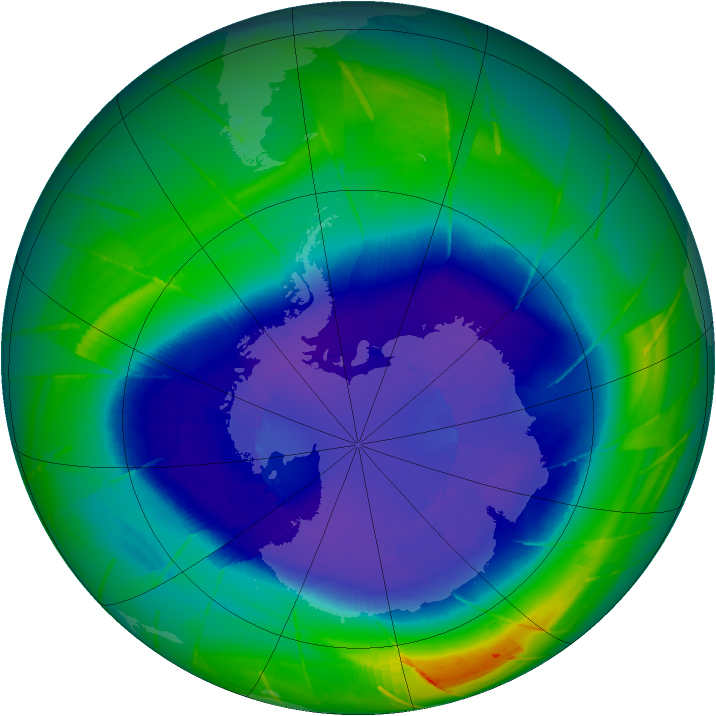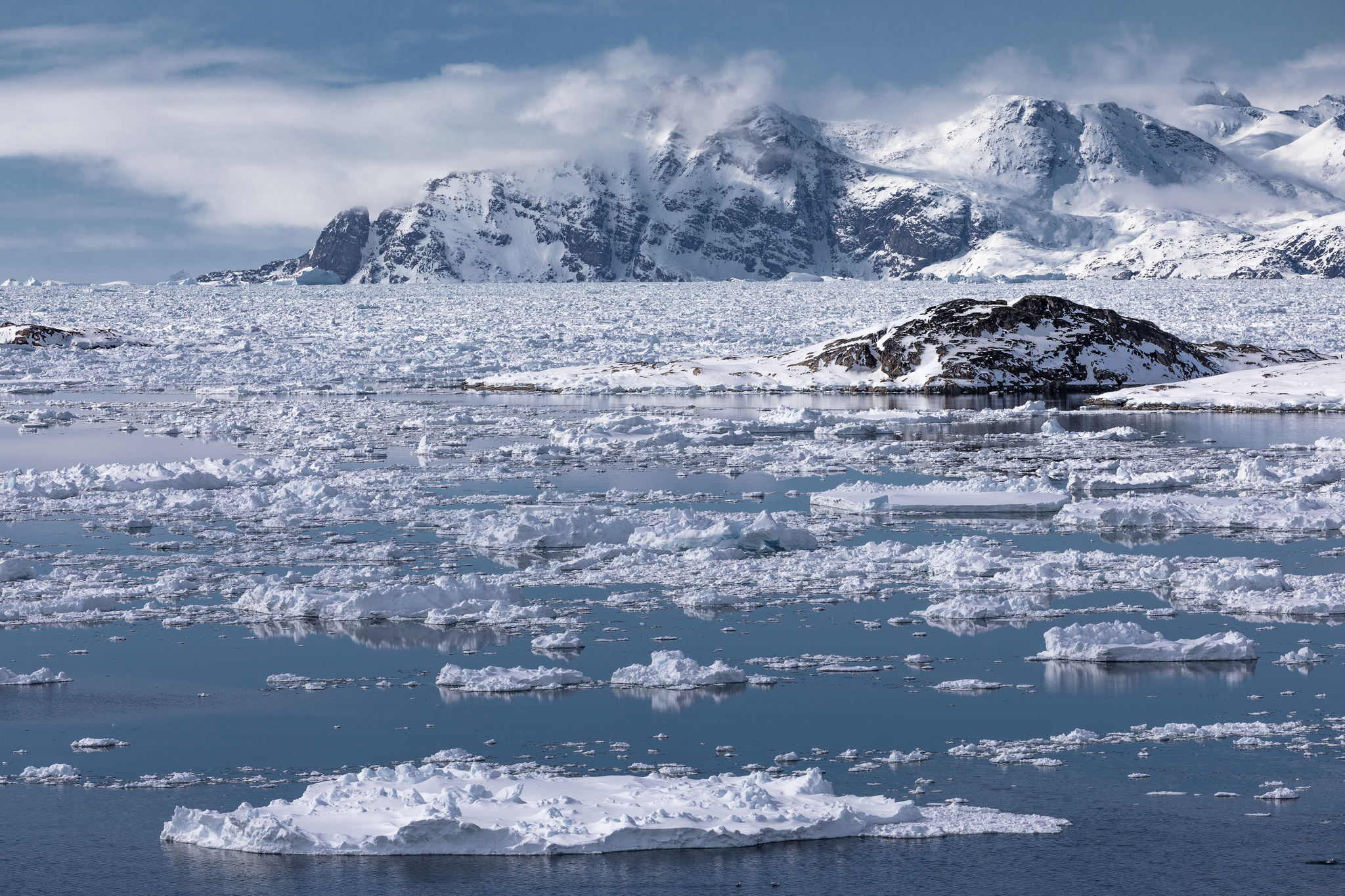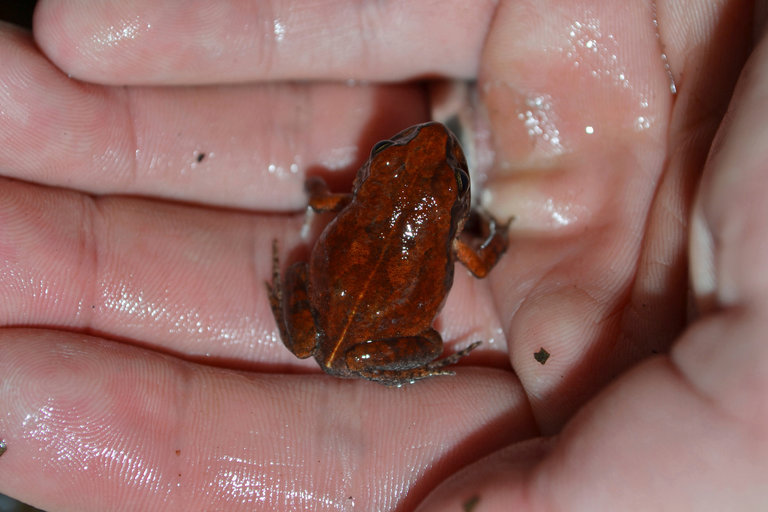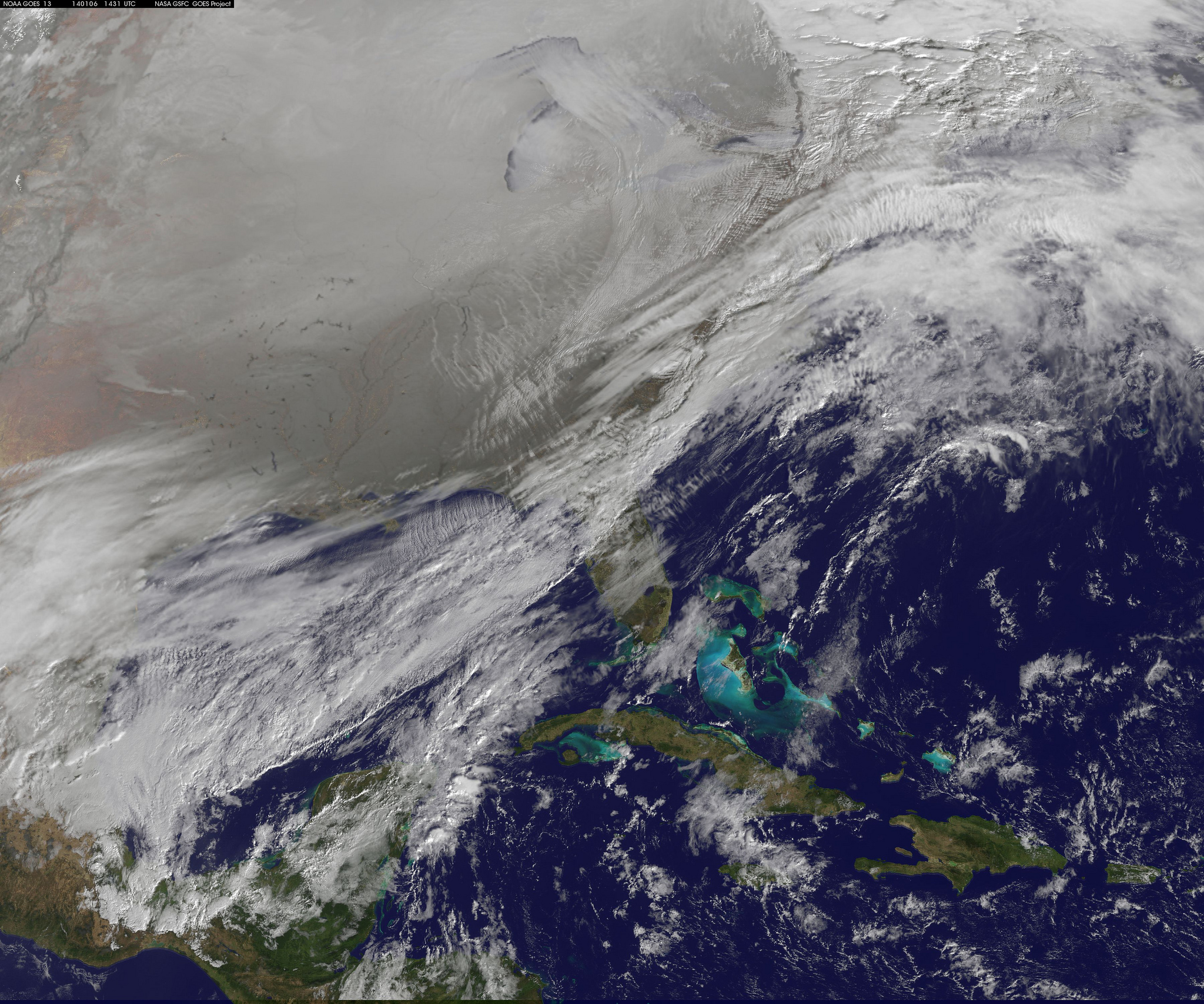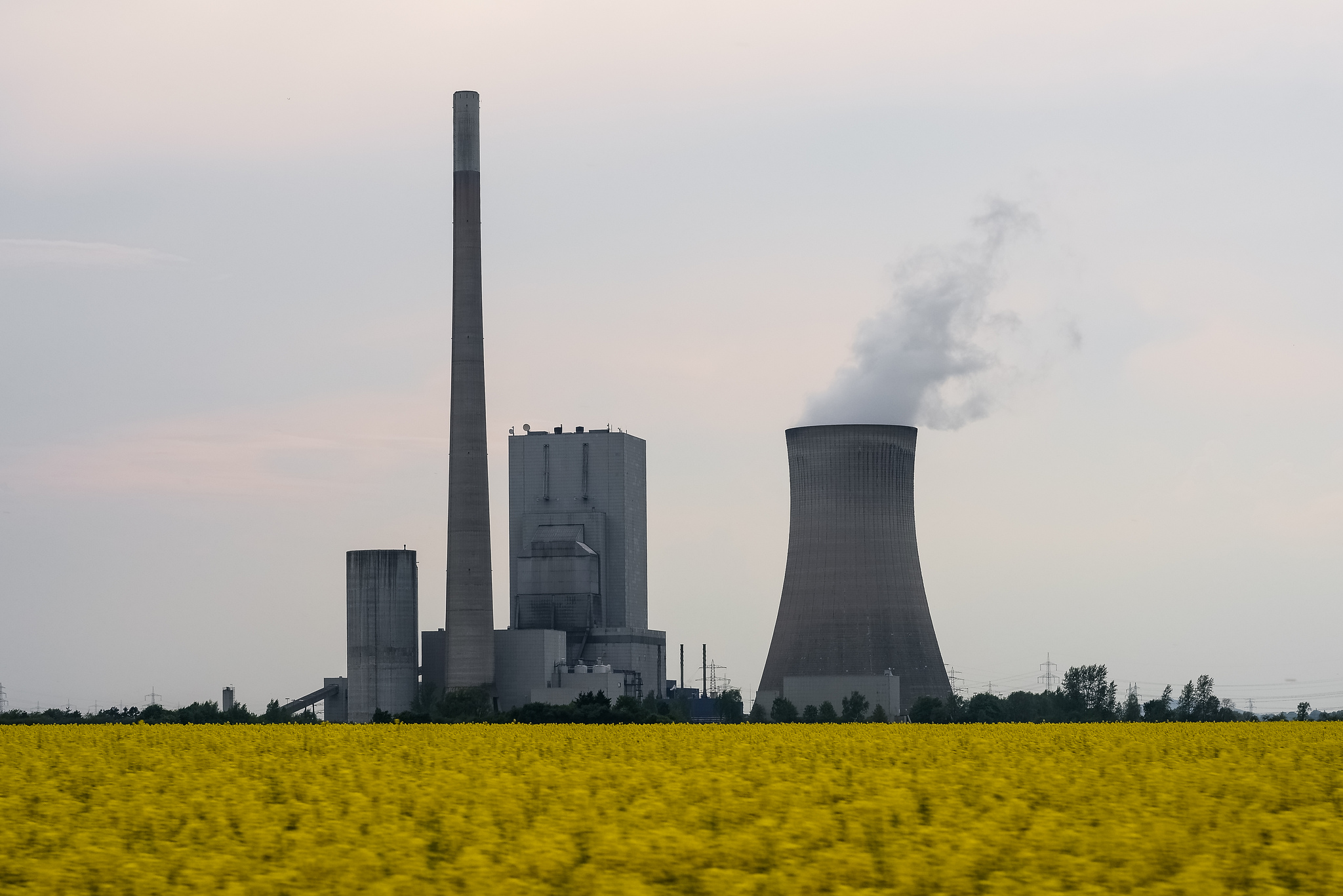The Montreal Protocol, the international treaty adopted to restore the earth’s protective ozone layer almost thirty years ago, turns out to also have had a major impact on climate-altering greenhouse gas emissions.
[Read more…] about Ozone Treaty And Greenhouse Gas Emissions
